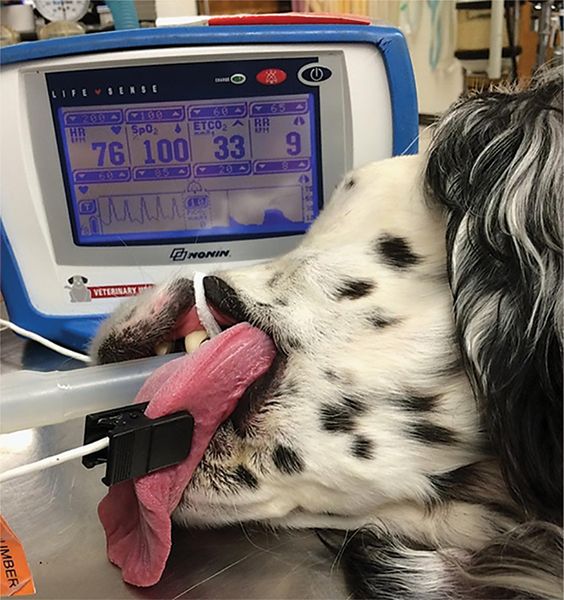
A Registered Veterinary Technician (RVT) or a veterinarian is trained to perform veterinary anesthesia. Compared to human patients, animals are generally less cooperative during certain procedures and respond much less quickly to anesthetic drugs. However, veterinary anesthesia is often a better option than the alternatives for many procedures. In these cases, a trained veterinarian or RVT will administer anesthesia to the animal. This type of anesthesia is a safe and effective way to provide pain relief to your pet.
Surgical anesthesia for animals is dangerous, but its safety has improved
Surgical anesthesia for animals is not without risk, but the safety of this treatment is greatly improved with advances in animal science. Whether your pet is to have a dental procedure or to undergo surgery, anesthetics have come a long way. While there are some risks associated with anesthesia, they are minimal if you follow a proper protocol and select the right case. Most anesthetics are administered as a combination of different drugs to ensure maximum results while minimizing adverse reactions. A veterinarian will determine the appropriate anesthetic drug dosage for your animal based on their specific condition and the expected pain. A physician will also consider any medications that your animal may be taking.
Modern anesthetics can be effective at preventing anesthesia-related complications, but some dogs may need a special anesthetic for certain procedures. Thankfully, modern anesthetics can prevent these risks and provide the best care for your animal. In some cases, veterinarians can use antibiotics or fluids to prevent dehydration. Regardless of the procedure, the recovery time for a dog is considerably shorter and more comfortable.
While general anesthesia and sedation carry a risk, they are both safe and effective. With careful consideration, a skilled team of veterinary practitioners can provide a safe and pain-free anesthetic for your animal. The specialized equipment and procedures at veterinary clinics ensure that the animal receives the best care possible. If your animal needs surgery, you may want to visit a specialized center with on-staff anesthesiologists.
Anesthesia for animals involves a balancing of risks and benefits. The most common uses are pain relief, prevention of disease, and extension of life. For these reasons, it is crucial to consider the risks and benefits of anesthesia for animals and choose the best anesthesia method for your pet. The best choice for your animal will be based on your animal’s condition. The risks involved are minimal and the benefits outweigh any possible disadvantages.
Anesthesia for animals is often used for experimental clinical studies. As a result, the anesthesia method used can greatly affect the survival of the animal and the results of the research. The most commonly used model in various research fields are murine and pigs. These animals have similar cardiovascular and respiratory systems to humans. Anesthesia for animals can improve their life span and reduce the risk of diseases. It is an excellent choice for any procedure.
Veterinarians spoke about the rules for the use of the vaccine against coronavirus
In cases of veterinary anesthesia, a veterinarian may inject a ketamine or propofol into the animal. During spontaneous breathing, a veterinary anesthetist must manage the airway and can help prevent dangerous complications. During a veterinary procedure, a veterinarian will use a variety of anesthesia techniques, depending on the species. Anesthesia for animals is often performed during surgical procedures, but it is important to note that pigs may not respond to anesthesia during the procedure.
During veterinary anesthesia, the veterinarian will administer an anesthetic to the animal. Anesthesia is a form of anesthesia for animals. A dog or cat will not be aware of its pain, so he or she will not be able to tell when the drug is wearing off. Anesthesia for horses also has a greater risk of complications, so it is important to follow the guidelines for animal anesthesia. There are many types of anesthesia for animals, and different treatments will be needed.
Anesthesia for animals can have serious consequences. Although many modern anesthetics are reversible, animal anesthesia should be given only when necessary. If an animal is unresponsive or unable to move, contact your veterinarian immediately. The anesthesia agent should be given to the patient if the animal is ill. It is crucial to follow all instructions for anesthesia. If it is ineffective, it should be discontinued.